By Stephen Beaumont
It is said that spring is a season of change, in food and drink as in nature. Stews and braises give way to grills and sautés; big bodied reds cede ground to fruity whites and rosés; cocktails grow citrusy and light; and bold Barley Wines and Double IPAs are replaced by more refreshing and quaffable Hefeweizens and Pilsners.
And yet, we know all this to be utter bunk. In truth, most drinkers remain content with more-or-less consistent choices throughout the calendar year, steadily selecting from a fixed roster of reliable favourites. Hey, Hazy IPAs are for any time, right?

Still, for those of us a bit more in tune with the seasonality of what fills our glass, there is some comfort in minding the dictates of snow and cold and sun and heat. For just as a Barley Wine has its moment in the wintry depths of January, so does a crisp Pilsner satisfy more on a steamy July afternoon than it would have just six months earlier.
For me, and perhaps for you, spring beers are mostly bottom-fermented, meaning lager, or at least lager-like. In April, I reach for Bocks and Dunkels, generally dark and, in the case of the former, strong enough to provide warmth on a chilly night, while May and June give rise to Helles, the golden lager of Bavaria, Pilsners, and Kölsch style beers, often termed Lagered Ales in Ontario.
There is one other style I think of in spring, though, and it is nothing like the others. It is also, quite happily, a beer with somewhat surprising popularity in Ontario.
I speak of the Belgian beer style known as Saison.
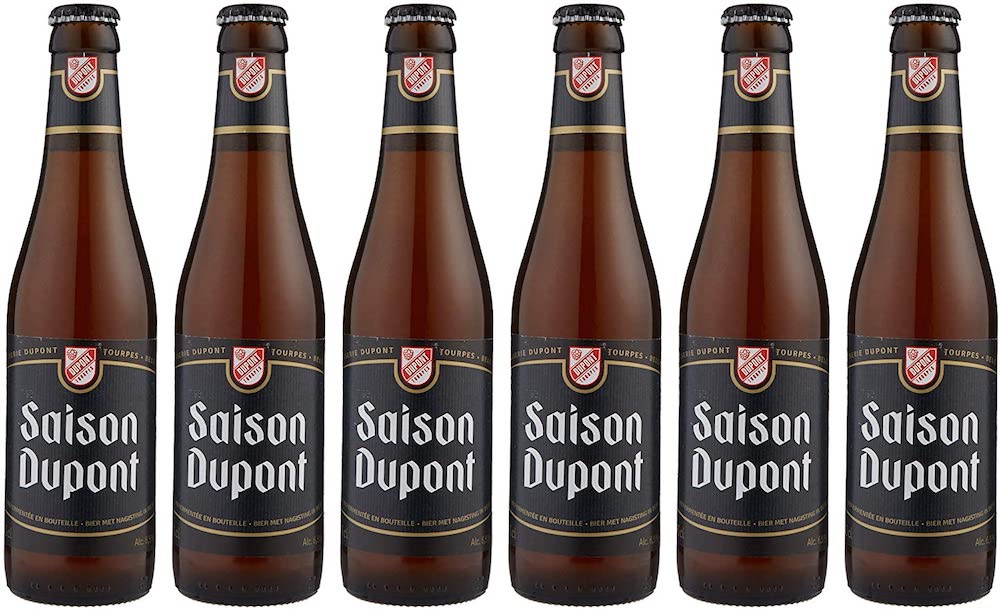
Ill-defined in even its home country, Saison is perhaps best described by the aroma and flavour of Saison Dupont, a southern Belgian classic that is equal parts a bit spicy, a bit hoppy, and a bit strong. It is also a much-welcomed but only occasional visitor to the shelves of the LCBO. Fortunately, though, when it is not around, as now, a bottle of the excellent and similarly styled Oast House Saison can serve as a suitable substitute.
The purported origin of Saison is as a spring-brewed beer that was cellared for consumption by farm workers over the summer, both its elevated strength and hoppiness helping to conserve it during those months when hyper-active microbial life made open fermentation an unwise pursuit. However, my World Atlas of Beer co-author Tim Webb, a widely acknowledged expert on Belgian beer, pours cold water on this notion, pointing out in our latest edition – publishing in North America this fall – that “common sense dictates that even before health and safety obsessions, rehydrating scythe-wielding labourers with strong beer was not a well-informed concept.”

And so, Tim hypothesizes, such summer beers were likely lower in strength and perhaps higher in hoppiness, or maybe even ‘pre-soured’ as the light form of spontaneously-fermented Lambic known as Maerts. Which, if true, would make what is commonly understood as Saison a more modern invention, diminishing not one bit its importance in the global beer style canon and arguably affording greater legitimacy to the many stylistic variations that have arisen, mostly in North America, over the past decade or so.
Such variations tend to be based upon the theory that anything fermented with a yeast from the family dubbed ‘Belgian Saison,’ be it weak or strong, fruited or spiced, aged or youthful, might be legitimately classed as being of the style, a trend that may well have contributed to its loss of popularity in many markets, most notably in the United States. I would argue that its relative success here in Ontario is owing to the respect our brewers pay to the basic nature of the style, rather than relying solely upon yeast strain, as observed in the spicy and strong Peppercorn Rye Saison and lemongrass- and ginger-juiced Je Ne Sais Quoi of The Exchange Brewery, and the beers covered in the following reviews.
A Six-Pack of Saisons

Saison de la Meuse (Meuse Brewing; available from the brewery and select LCBOs; 5%) — From Scotland, Ontario, comes this superb Saison, light in both colour and strength, with a delightfully peppery aroma holding hints of lime zest and green melon. On the palate, it is full enough to complement well a ham sandwich at lunch, yet also light, spicy, effervescent, and dry enough to serve ably as an aperitif before dinner. A jewel from just south of Brantford.
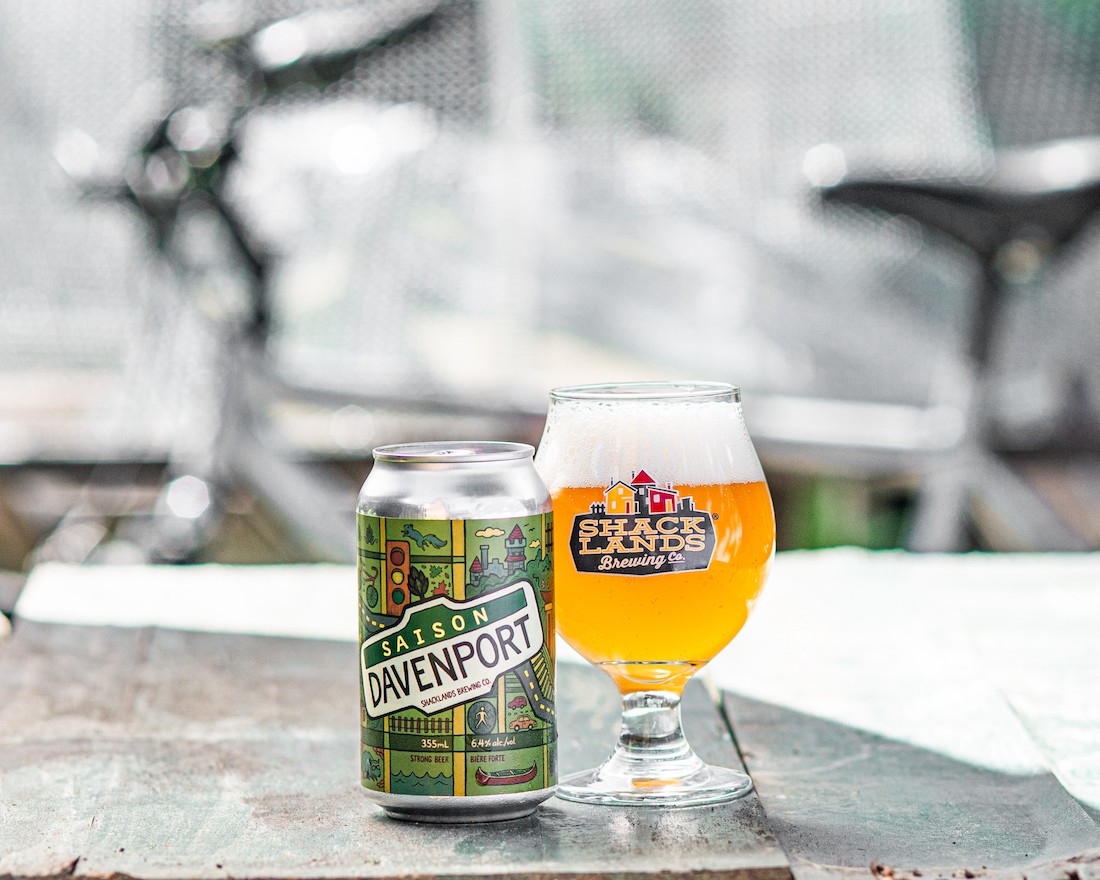
Saison Davenport (Shacklands Brewing, available from the brewery, via Ontario-wide delivery, and select LCBOs; 6.4%) — Light to medium gold in colour, there is a creamy citrus aspect to the aroma of this Toronto beer, faintly reminiscent of lemon curd, with black pepper and pinpricks of alcohol rounding out the nose. The palate is quite traditional, at least in the Saison Dupont sense, with rustic maltiness joined by black pepper and brown spice notes and, more unusually, suggestions of citrus zest. Serve with any plate of charcuterie.
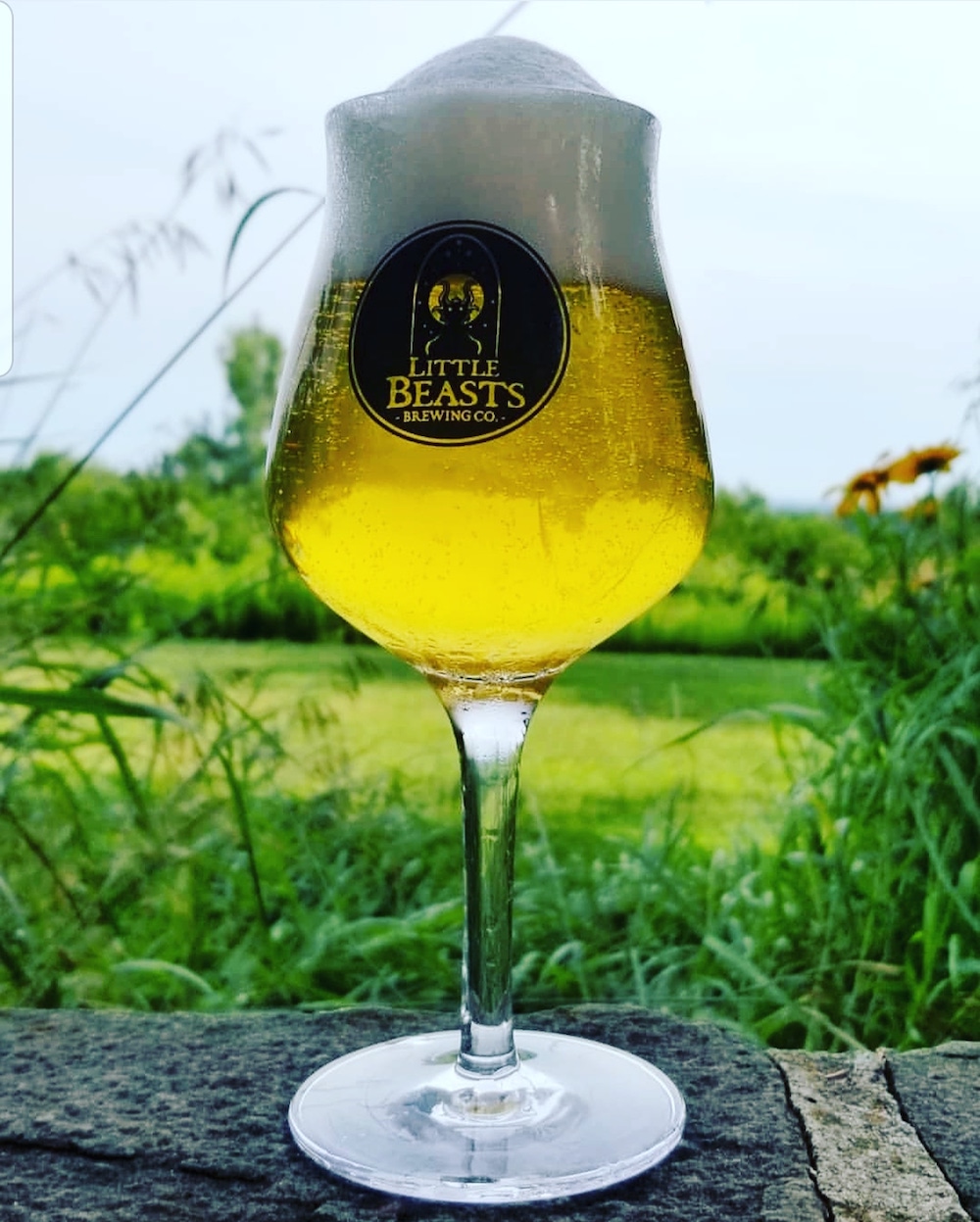
La Petite Duchesse (Little Beasts Brewing, available from the brewery and via Ontario-wide delivery; 4.5%) — Billed a ‘Table Saison,’ this Whitby-brewed ale is the lightest reviewed here, but sacrifices not one bit of flavour for its reduced strength. Pouring a lovely pale gold, and mostly clear if given time to settle in the fridge, this boasts the sort of aroma one could spend hours smelling – peppery spice, perfumey florals, notes of melon and citrus, even a faint suggestion of vanilla. On the palate, it is almost as entrancing, with slightly under-ripe green melon and orange notes, a touch of green grape, and of course, drying spice throughout, all leading to a bone-dry finish. The low strength is a blessing, because you’ll find yourself wanting more than one of these!
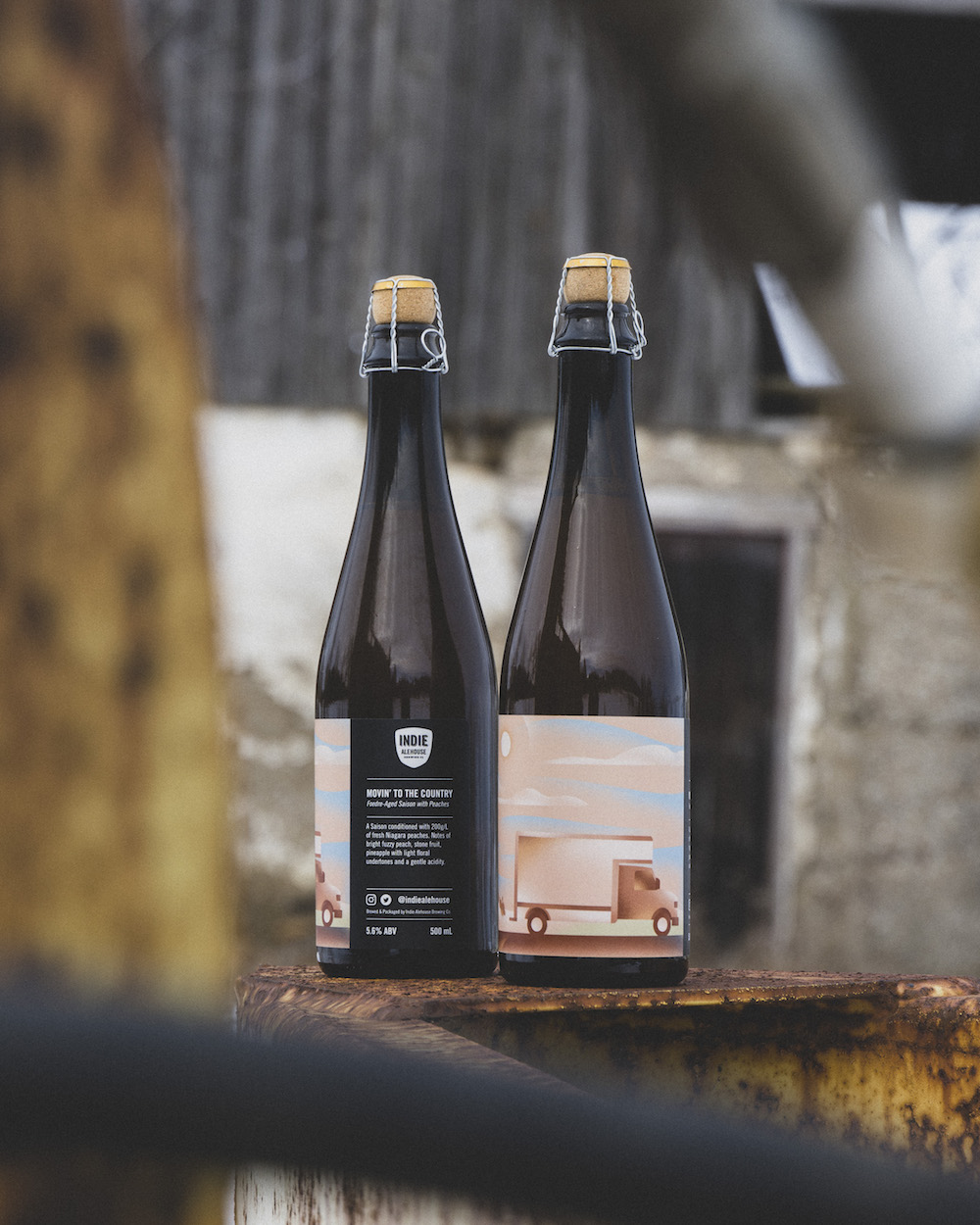
Movin’ to the Country (Indie Alehouse, available from the brewery and via Ontario-wide delivery; 5.6%) — This slightly unusual take on Saison from the pioneering brewery in Toronto’s Junction neighbourhood is aged on Niagara peaches and white wine must. Pouring a light, hazy gold, it offers a musty peach aroma accompanied by soft, spicy grape notes. The palate entry is soft and gently fruity, leading to a slight acidity in the mid-palate alongside peppery peach, earthy malt, and late-arriving winey notes. The moderate acidity on the finish completes this dry, appetizing ale that’s a perfect end-of-the-day treat.
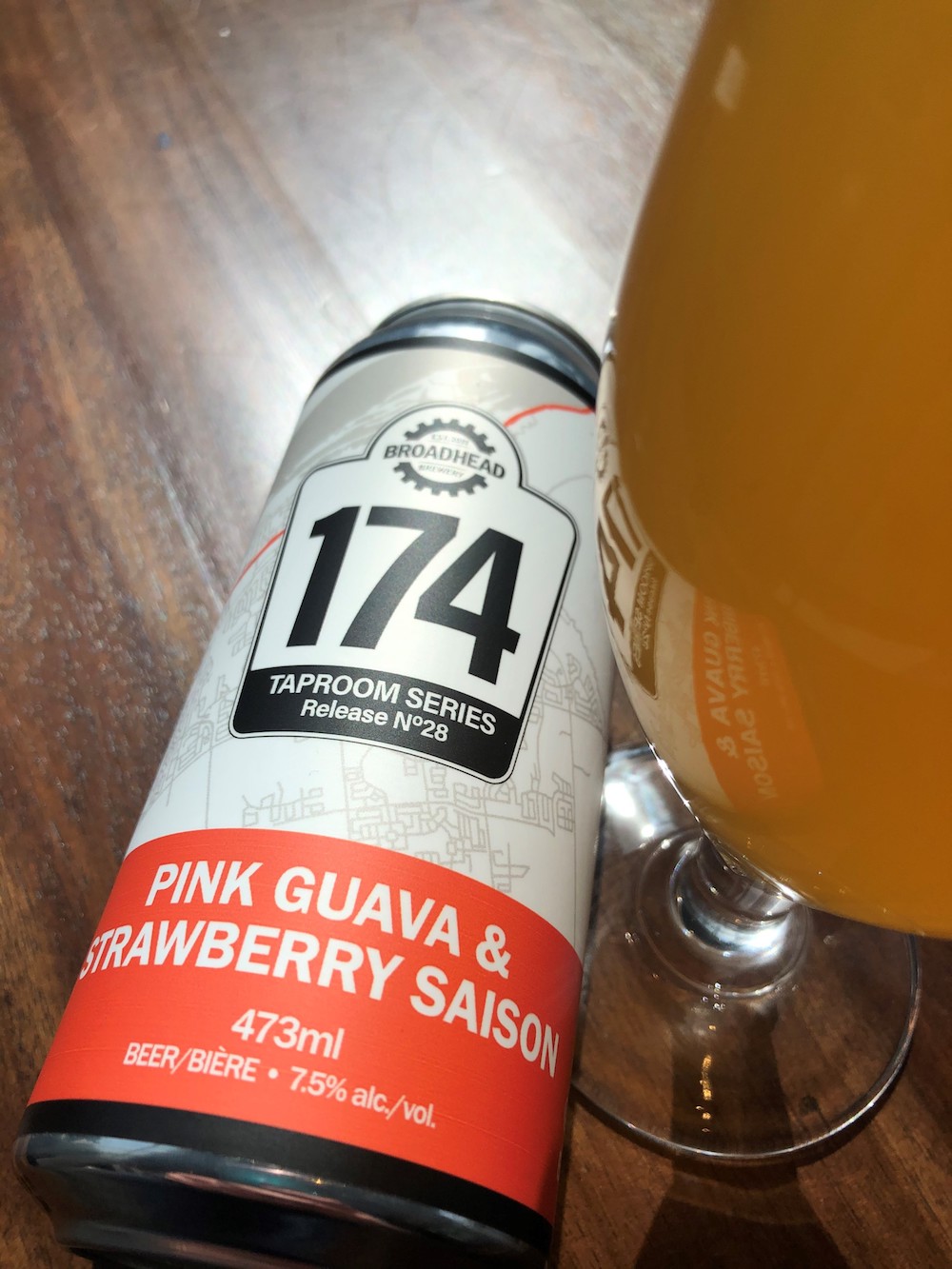
Pink Guava & Strawberry Saison (Broadhead Brewing; available from the brewery and via Ontario-wide delivery; 7.5%) — Traditionalists will no doubt react strongly to the almost heretical fruit additions to this Ottawa release, part of the brewery’s ‘Taproom Series,’ but believe me when I say it’s worthy of consideration by even diehard Dupont loyalists. Hazy gold in colour, it has a distinctly Saison-ish aroma, the peppery spice accented by mostly strawberry fruitiness, and a palate that delivers all the dry, spicy, even faintly funky character one would expect of a Saison, but with subtle fruit additions that complement rather than pervert the character of the style. A beer to which I arrived a sceptic and left a believer.
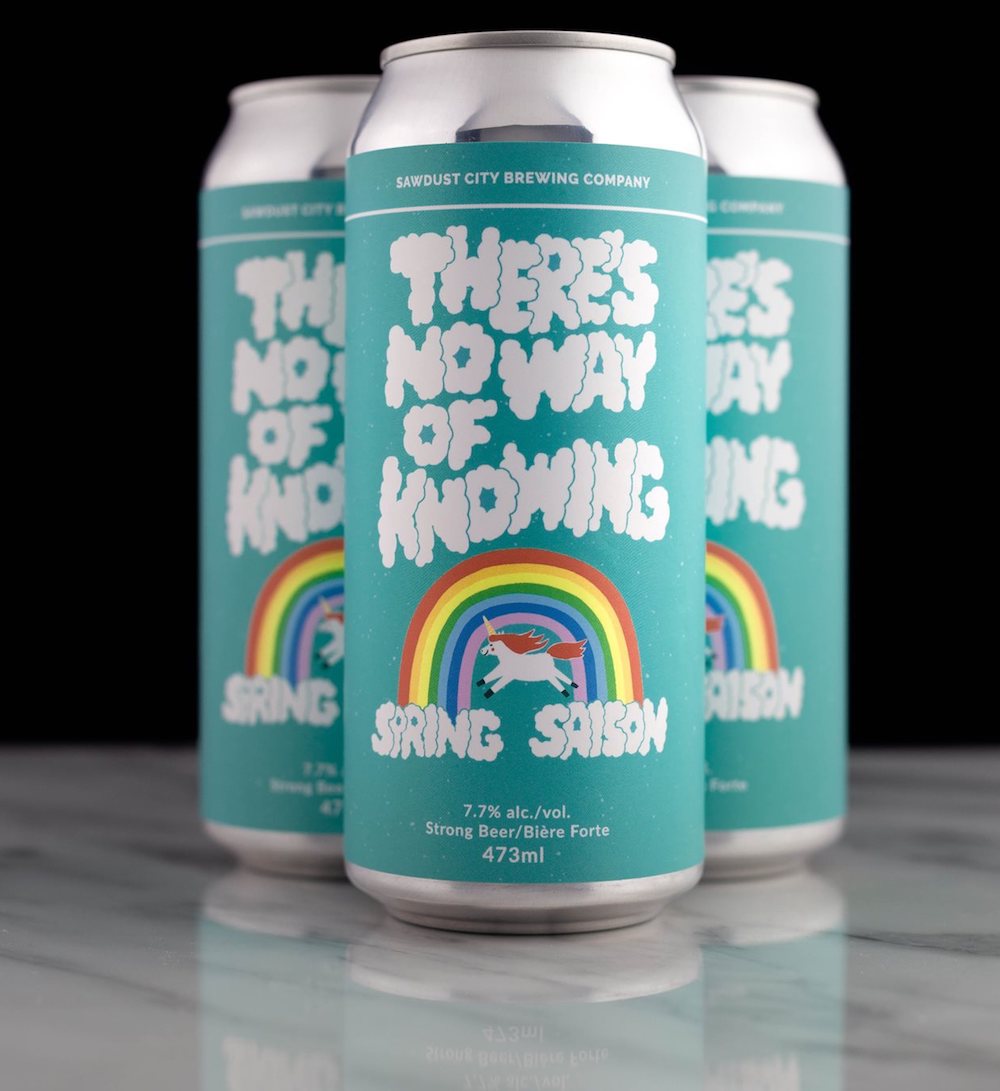
There’s No Way of Knowing Spring Saison (Sawdust City Brewing; available from the brewery and via Ontario-wide delivery; 7.7%) — The name of this Gravenhurst seasonal is a reference to what spring and summer might bring; the rainbow and unicorn on the label are a bit more mystifying. What’s not at all in question is the lemon verbena used to season this strong Saison, which is apparent from even a cursory sniff, alongside well-defined black pepper notes and a more obscure spiciness, presumably coming from the grains of paradise also added. The body follows in a similar, albeit somewhat sweet fashion, with the grains of paradise more evident, the lemon quite a bit less, and the black pepper more a subtle pepperiness. The lemon returns in the finish, though, along with some warming strength, making this a Saison for cool nights and poultry-based stews.
About Stephen Beaumont
Stephen Beaumont is one of the world’s leading writers on beer and spirits, with 15 books to his credit, including Canadian Spirits: The Essential Cross-Country Guide to Distilleries, Their Spirits, and Where to Imbibe Them (with Christine Sismondo) and the upcoming, fully revised and updated third edition of The World Atlas of Beer (with Tim Webb).








Comment here